Are you excited to make your own terrarium but concerned about mold making a dull look? You’re not alone in facing this common challenge.
Creating a miniature ecosystem in a glass container, commonly known as a terrarium, can be an amazing hobby.
It allows you to bring a piece of nature into your home, even with limited space.
Now, what about the challenges you will face? One of these challenges is the appearance of mold, which can leave you wondering.
Fear not, as we’re here to provide you with simple and effective solutions to tackle this issue.
Let’s explore effective strategies for managing mold in your terrarium, ensuring that the terrarium-making process is both successful and enjoyable.
So, let’s find out how to handle mold in your terrarium, making sure that the process of building your own terrarium is successful and enjoyable.
What is Mold?
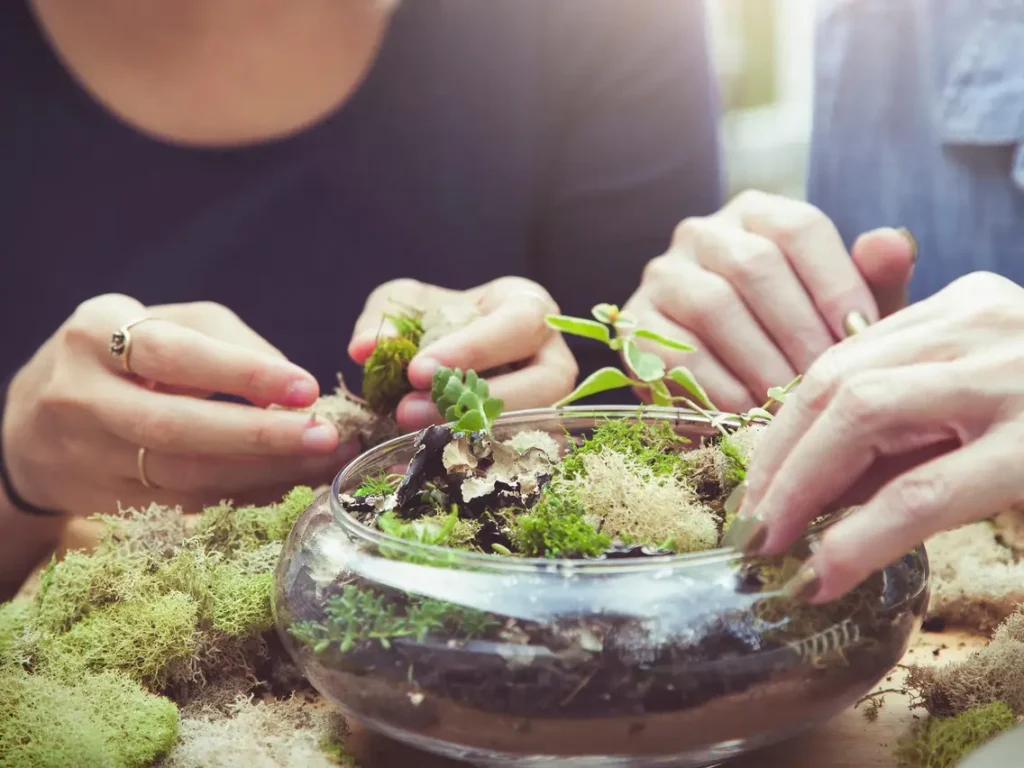
Mold is a type of fungus that grows in environments with moisture and organic matter.
In a terrarium, it often appears as fuzzy, discolored patches on the soil or plant surfaces.
These patches can range in color from white and green to black. Mold spores are ever-present in the air, and when they find suitable conditions, they germinate and grow.
They reproduce by releasing tiny spores into the air, which can spread to other parts of the terrarium.
While not all molds are harmful, their presence in a terrarium can disrupt the perfect balance of the ecosystem.
Is Mold Always Harmful?
Mold in a terrarium can harm the plants and overall ecosystem. While not all molds are toxic, they can compete with plants for nutrients and space.
This can weaken the plants and hinder their growth.
Moreover, mold can lead to a decline in the appearance of the terrarium, which is often undesirable for terrarium enthusiasts.
You should use a Terrarium container to store it to prevent the damage.
Why Does My Terrarium Have Mold?
Several factors can contribute to the development of mold in a terrarium.
One primary factor is excessive moisture.
Terrariums create a closed environment, which can lead to humidity buildup.
Without proper ventilation, this excess moisture provides an ideal breeding ground for mold.
Overwatering the plants can cause this issue.
Additionally, using soil that retains too much moisture or not allowing the terrarium to air out properly can contribute to mold growth.
The type of plants chosen for the terrarium can also impact the likelihood of mold development, as some plants are softer than others.
Ways to Stop Mold
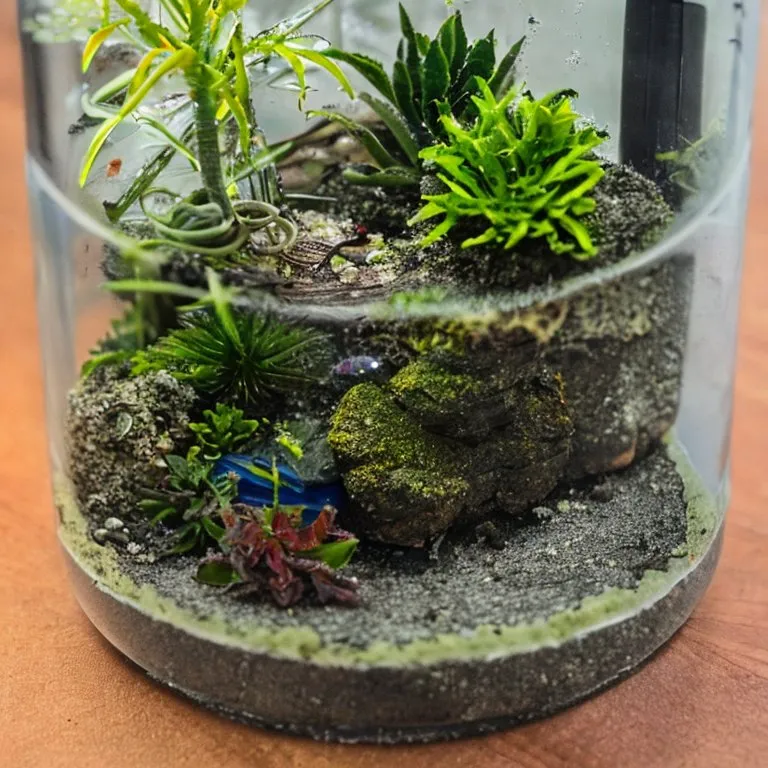
Preventing mold in your terrarium involves a combination of strategic measures.
These measures include maintaining cleanliness, controlling moisture levels, and choosing appropriate plants and materials.
Additionally, utilizing natural helpers like springtails or isopods can help keep mold populations in check.
Monitoring and adjusting your watering practices based on the specific needs of your plants and the terrarium’s conditions is also crucial in preventing mold issues.
1. Clean Your Glass Containers
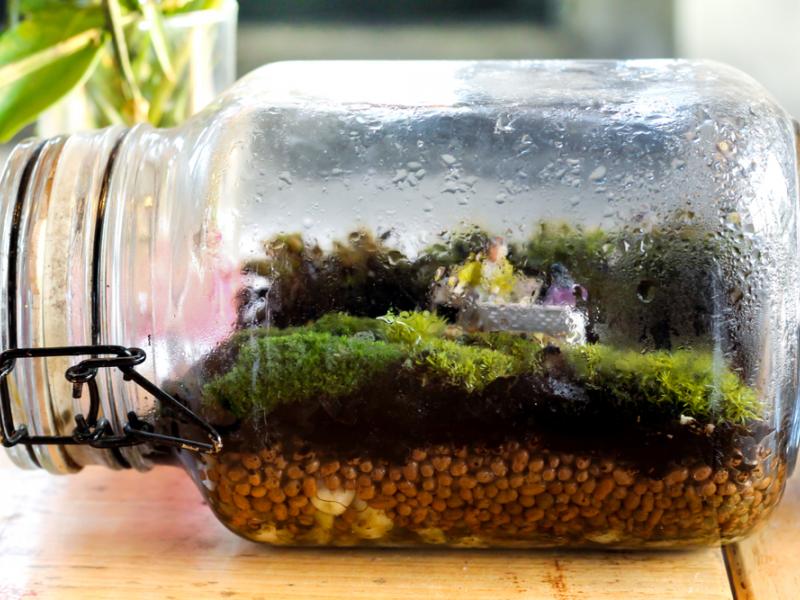
Ensuring that your glass containers are clean and free from any residue or contaminants is essential in mold prevention.
Soap and water can be used to thoroughly clean and disinfect the containers.
Pay close attention to crevices and corners, where mold spores might find a foothold.
You should have a Terrarium toolset with small tools for planting, pruning, and arranging plants inside the terrarium.
2. Heat Your Gravel
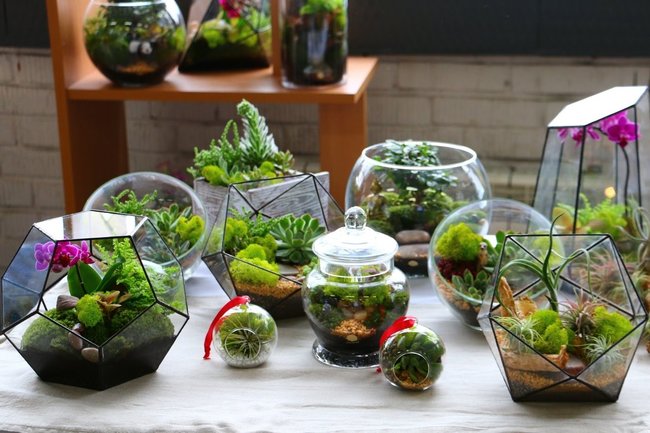
A simple method to discourage mold growth is to heat the gravel layer before assembling your terrarium.
This process can help eliminate excess moisture and create a less favorable environment for mold.
Place the gravel in the oven at a low temperature for a short period, then allow it to cool before use.
3. Add Activated Charcoal
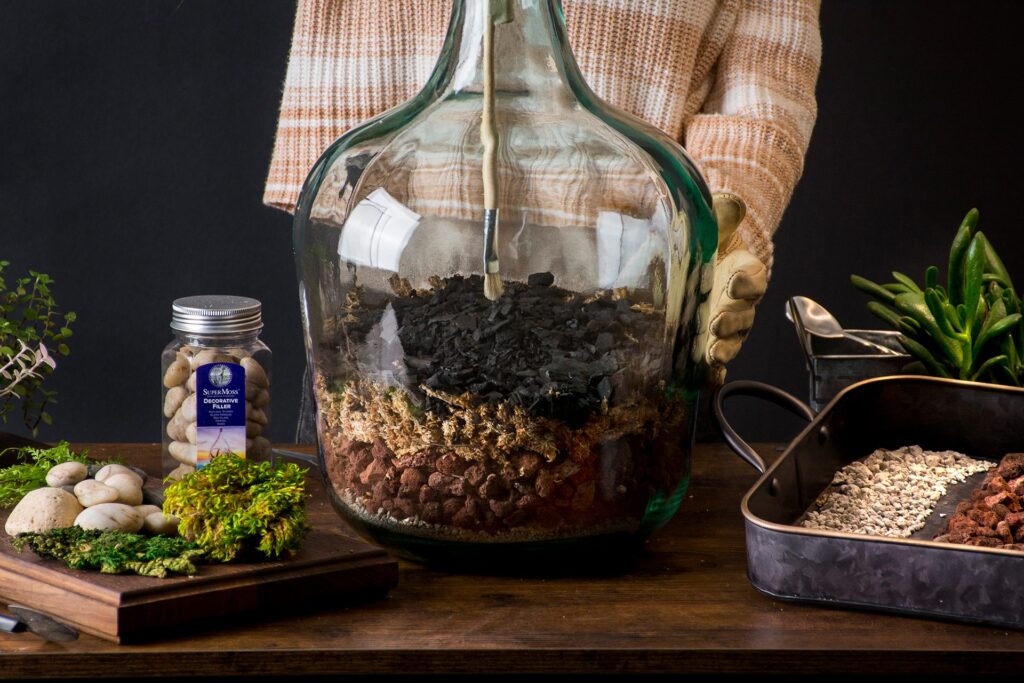
Activated charcoal is a valuable tool in preventing mold in your terrarium. It acts as a natural filter, absorbing excess moisture and environmental impurities.
By using a layer of activated charcoal, you create an additional barrier against mold growth.
4. Use Sphagnum Moss

Sphagnum moss is a versatile and beneficial component in a terrarium.
It helps regulate moisture levels and improve air circulation, creating an environment that is less favorable to mold growth.
By including sphagnum moss in your terrarium setup, you provide an added layer of defense against mold.
5. Heat Your Soil
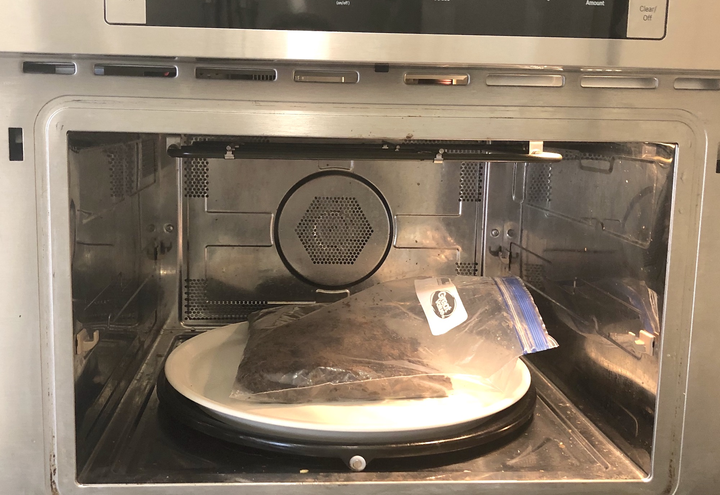
Sterilizing your soil by heating it in the oven is an effective method to kill any potential mold spores or harmful bacteria.
This process creates a clean and mold-free foundation for your plants to grow.
Place the soil in the oven at a low temperature for a short duration, ensuring it is evenly heated.
6. Be Careful Where You Get Stuff
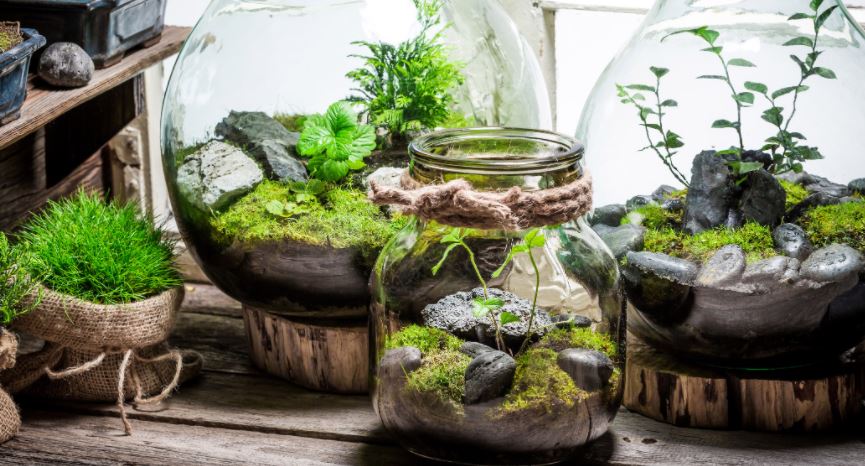
The source of your plants and materials can greatly impact the likelihood of mold introduction.
Go for reputable and trusted suppliers to ensure that your terrarium components are free from mold contamination.
Avoid using materials from uncertain sources, as they may introduce unwanted mold spores.
7. Get Rid of Existing Mold
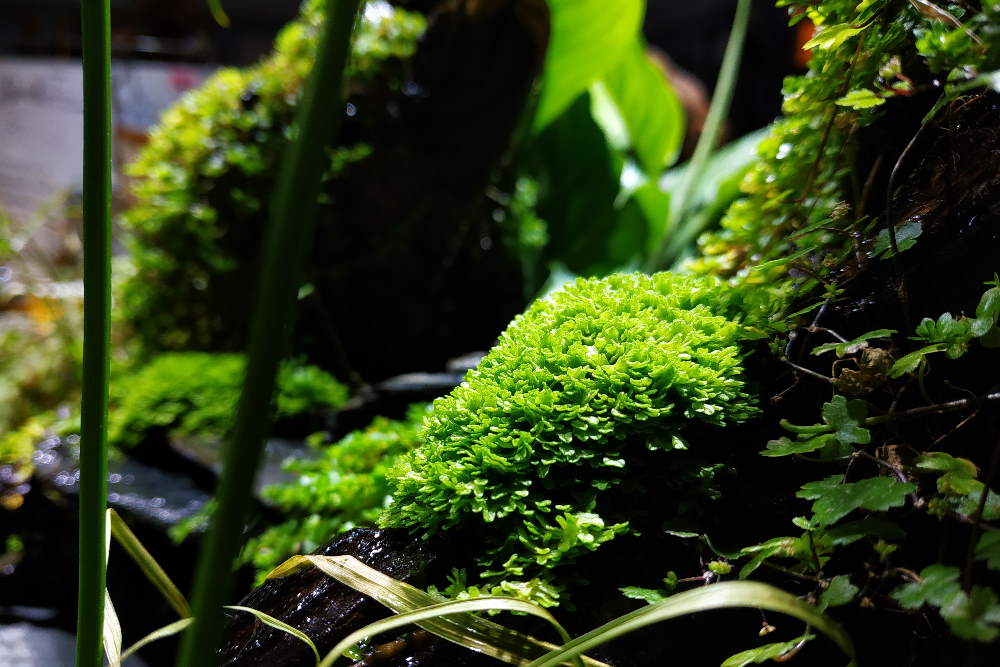
If you find mold in your terrarium, swift action is essential.
Remove any affected plants and decorations promptly to prevent the mold from spreading further.
This proactive approach is crucial in maintaining a healthy terrarium ecosystem.
8. Get Some Help from Nature
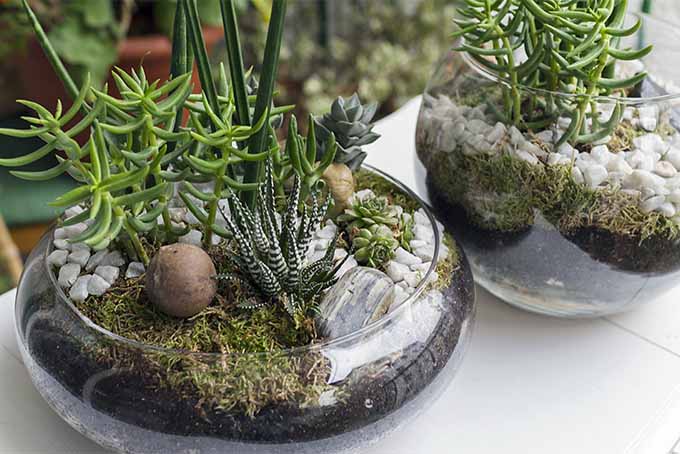
Nature provides its cleanup crew through beneficial organisms like springtails or isopods.
These small creatures feed on mold spores and residue, helping to control mold populations.
Introducing them into your terrarium can contribute to a balanced and mold-free environment.
Conclusion
If you see mold in your terrarium, don’t worry. There are simple things you can do. First, take out the affected plants and clean the container.
Then, follow some steps to stop the mold from coming back.
Cleanliness is important.
Wash your glassware and sterilize your soil. Use charcoal and moss to help control moisture.
If you get plants or materials, be sure they’re from good sources. Lastly, watch how much you water.
Too much water can lead to mold. Pay attention to your plant’s needs and ensure good airflow.
You can have a healthy and beautiful terrarium with a little care.

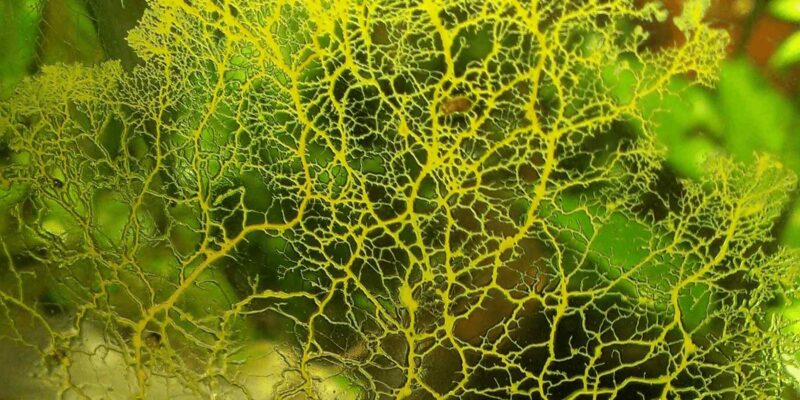

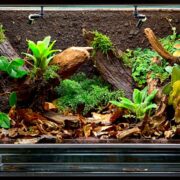
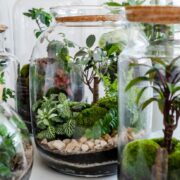
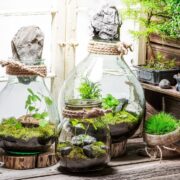
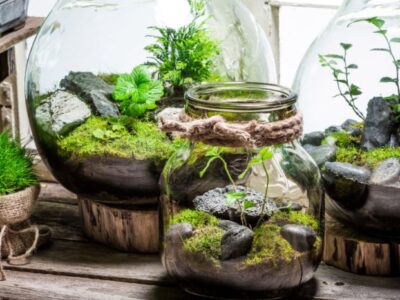
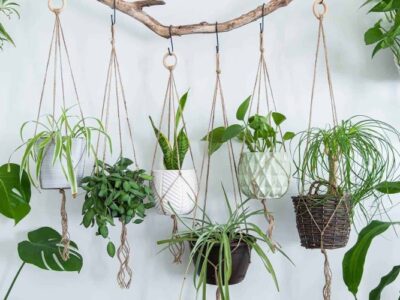
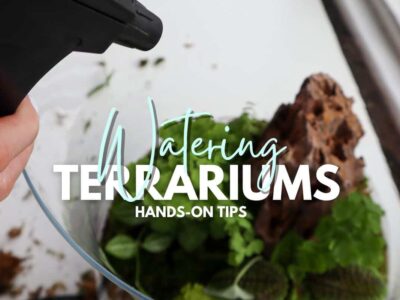
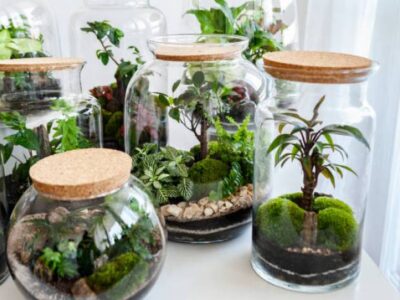
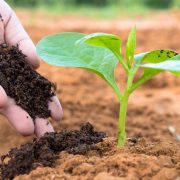
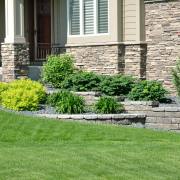
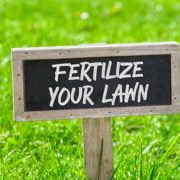

Comments